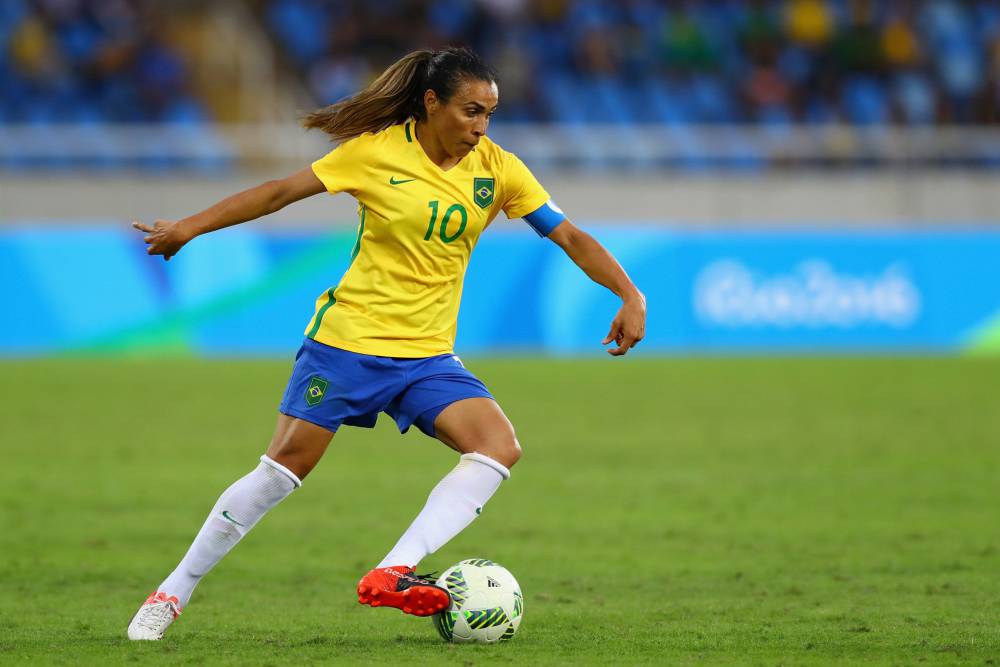
Three years later, she toured Brazil with the Jamaican band Black Uhuru, for which she served as a backing vocal. In 1992, at age 16, Vanessa moved to São Paulo, where she started performing with Shalla-Ball, a female reggae band. Vanessa da Mata 2007 at the Coliseu of Lisbon There, she discovered that her real passion was singing, and by the following year was already performing in local clubs. In several interviews, she cites deceased samba singer Clara Nunes as an influential figure in her compositions and image.Īt age 14, Vanessa moved alone to Uberlândia, Minas Gerais, 1,199 km (745 miles) away from Alto Garças, to prepare for her vestibular exam, through which she intended to join a Medical school. She was also familiar with samba, sertaneja music, and even brega Italian music, which were available to her through a local AM radio station. She would also listen to regional music like carimbó through the records brought by an uncle who travelled to the Amazon. Īn autodidact in music, Vanessa listened to very different genres in her childhood from Luiz Gonzaga to Tom Jobim, and from Milton Nascimento to Orlando Silva. Vanessa has denied these claims, but said that her grandmother has indeed Native Brazilian ancestry, although she "can't identify from which tribe".

Her article in the Portuguese Wikipedia stated that she has Xavante ancestry through her maternal grandmother. Vanessa Sigiane da Mata Ferreira was born on February 10, 1976, in Alto Garças, a small town in Mato Grosso located 399 km (248 miles) from state capital Cuiabá. She has released four studio albums and the songs "Ai, Ai, Ai", "Boa Sorte/Good Luck" and "Amado" became number-one hits in Brazil. Some of the athletes stood out, such as the striker Gelsi, described in a local newspaper as an “element of great quality,” who “controls the ball with precision, with the opportunity to translate her qualities as the playmaker of the Sunday match.” The respect offered in this brief newspaper article, however, was not enough to change the position of sporting authorities, and, unfortunately, the teams had short lives.Vanessa Sigiane da Mata Ferreira (born February 10, 1976), professionally known as Vanessa da Mata, is a Latin Grammy Award-winning Brazilian MPB singer, songwriter, and novelist. Most of the players were young, ages 13-18, came from the lower middle class, and lived in the neighborhoods where the clubs were located. and the Corinthians F.C., which challenged the legislation and functioned until banned by the Regional Sports Council.

Luiz Carlos Rigo’s article, “ Notas acerca do futebol feminino pelotense em 1950: um estudo genealógico”, documents the organization of two women’s soccer teams in the city of Pelotas in southern Brazil, the Vila Hilda F.C. Prohibited since the 1940s, women’s soccer continued to exist in the shape of sporadic transgressions against the order of male domination. And, with this growth, within a year it is probable that throughout Brazil there will be 200 organized women’s soccer clubs, or, in other words, 200 centers to destroy the health of 2,200 future mothers, who, moreover, will be caught in a depressive mentality and given to rude and extravagant exhibitions… It would not be surprising that the feminine movement to which we are referring is just a beginning, for, over time, the daughters of Eve will also present themselves in wrestling matches and even in the “noble art” whose nobility consists of two opponents hitting each other until they drool blood (Franzini, Fábio, “Futebol é ‘coisa pra macho’? Pequeno esboço para uma história das mulheres no país do futebol.” Revista Brasileira de História. In São Paulo and Belo Horizonte others are being formed.

President, to the enthusiastic movement that is inspiring hundreds of girls, attracting them to become soccer players, without considering that a woman cannot practice this violent sport without seriously affecting the physiological equilibrium of her organic functions, due to the nature that disposes her to be a mother… The newspapers say that in Rio there are nothing less than ten women’s teams.


 0 kommentar(er)
0 kommentar(er)
